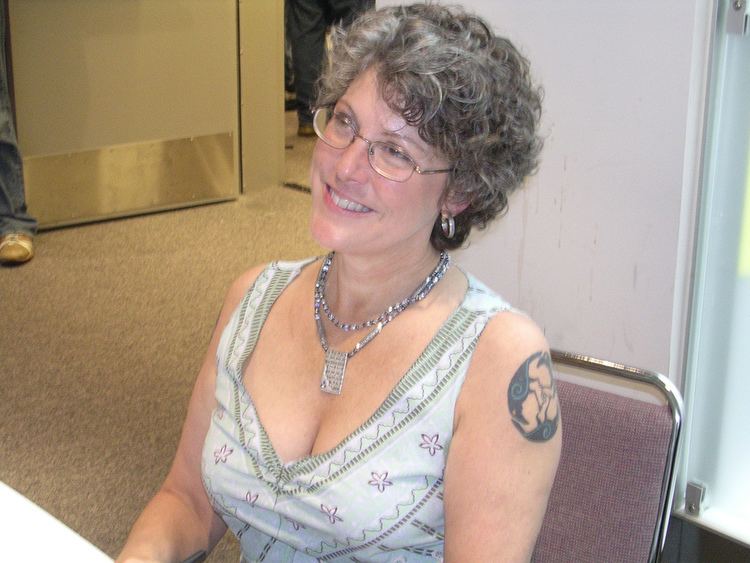Name Brenda Laurel Role Video Game Designer | ||
 | ||
Known for Human-computer interactionInteractive narrativeCultural aspects of technology Movement Interactive storytellingGame development researchGame development for Girls Books Utopian entrepreneur, Computers as Theatre | ||
Adversity with the best intentions brenda laurel tedxyouth hillsborough
Brenda Laurel, Ph.D. works as an independent scholar and consultant. She is an advocate for diversity and inclusiveness in video games, a "pioneer in developing virtual reality", a public speaker and an academic. She is also a board member of several companies and organizations. She was founder and chair of the Graduate Design Program at California College of the Arts (2006 - 2012). and of the Media Design graduate program at Art Center College of Design (2000-2006). She has worked for Atari, co-founded the game development firm Purple Moon, and served as an interaction design consultant for multiple companies including Sony Pictures, Apple, and Citibank.
Contents
- Adversity with the best intentions brenda laurel tedxyouth hillsborough
- Brenda laurel on educational games
- Education
- Purple Moon Girl Games
- Virtual Reality
- Works
- References

Brenda laurel on educational games
Education

Laurel received a Bachelor of Arts from DePauw University. She received her Masters of Fine Arts as well as her Ph.D. from Ohio State University.
Purple Moon & Girl Games

As one of the earliest female game designers, Laurel is also one of the foremost theorists regarding developing videogames for girls. She posited that while the early videogame industry focused almost exclusively upon developing products aimed at young men, girls were not inherently disinterested in the medium. Rather, girls were simply interested in different kinds of gaming experiences. Her research uncovered that young women tended to prefer experiences based around complex social interaction, verbal skills, and transmedia.

The game business arose from computer programs that were written by and for young men in the late 1960s and early 1970s. They worked so well that they formed a very lucrative industry fairly quickly. But what worked for that demographic absolutely did not work for most girls and women.

In 1996, Laurel founded Purple Moon, the first American software company to cater games to young girls between the ages of 8 and 14. Laurel's vision was to create games for girls that focused more on real life decision-making rather than creating games that focused on appearances and materiality. The company was an experiment in turning research on girl's gaming preferences into marketable video games. The firm produced games designed around storytelling, open-ended exploration, and rehearsing realistic scenarios from one's day-to-day life, as opposed to competitive games featuring scores and timed segments. The company produced ten games primarily divided into two series: "Rockett", which focused around a young girl's quotidian interactions, and the more meditative "Secret Path" series. It was eventually bought by Mattel in 1999.
Purple Moon received criticism for focusing on designing games based on gender. The research was accused of reifying the differences between genders that girls were already socialized to accept, thus the focus on the stereotypically feminine values of cooperation, narrative, and socialization as opposed to the stereotypically masculine values embodied in most games as violence and competition.
Virtual Reality
In Laurel's work regarding interface design, she is well known for her support of the theory of interactivity, the "degree to which users of a medium can influence the form or content of the mediated environment." Virtual reality, according to Laurel, is less characterized by its imaginary or unreal elements than by its multisensory representation of objects, be they real or imaginary. While discussions around virtual reality tended to center on visual representations, audio and kinesthesia are two potent sources of sensory input that virtual reality devices attempt to tap into. Laurel's 1994 Placeholder installation at Banff Center for the Arts—a collaboration with Rachel Strickland—explored these multisensory possibilities. The installation allowed multiple people to construct a narrative by attaching movement trackers to its subjects' bodies while letting them navigate a virtual environment by doing common physical acts with special results, such as flapping one's arms to fly.
Works
Books
Games
